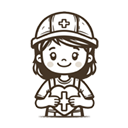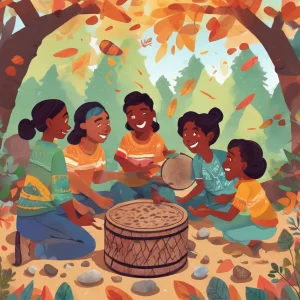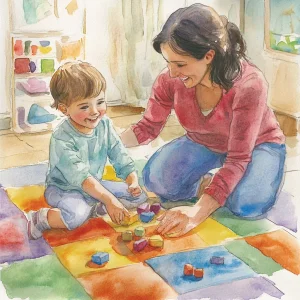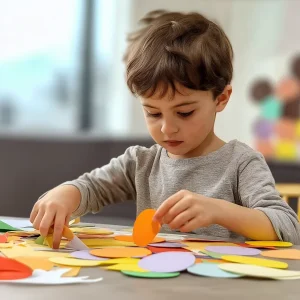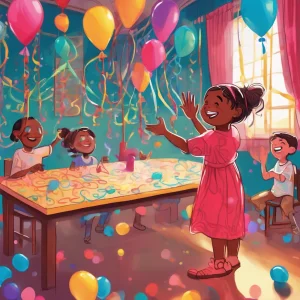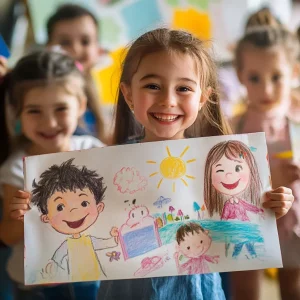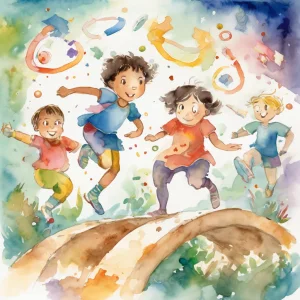Activity
Similar Activities
Ecosystem Adventure Board Game - Nature's Quest
Children’s Age: 7–9 years
Activity Duration: 10 – 25 minutes
An interactive board game where children explore and learn about ecosystems through challenges and tasks.
Activity Duration: 10 – 25 minutes
Melodies of the Heart: Musical Genre Relay Race
Children’s Age: 7–11 years
Activity Duration: 10 – 20 minutes
An active game where children run a relay race to identify music genre pictures.
Activity Duration: 10 – 20 minutes
Nature Scavenger Hunt: Adventure in the Wild
Children’s Age: 4–9 years
Activity Duration: 10 minutes
An outdoor, nature-based activity promoting ecological awareness and cognitive development in children aged 4-9 years.
Activity Duration: 10 minutes
Musical Kindness Quilt
Children’s Age: 8–10 years
Activity Duration: 10 – 20 minutes
The "Musical Kindness Quilt" activity engages 9-year-old children in learning about famous musicians while enhancing communication skills and cognitive development. Children choo…
Activity Duration: 10 – 20 minutes
Whispers of Nature Rhythms: Exploring Beats and Patterns
Children’s Age: 3–7 years
Activity Duration: 10 – 30 minutes
Let's explore "Nature Rhythms" together! We will listen to nature's beats and patterns using rocks, sticks, leaves, and pinecones. Find a safe outdoor spot, gather natural material…
Activity Duration: 10 – 30 minutes
Holiday Storytime Craft: Festive Tales and Creations
Children’s Age: 5–18 years
Activity Duration: 30 – 40 minutes
Let's have a fun and educational time with the "Holiday Storytime Craft" activity! We will read a holiday-themed storybook with cultural elements and then get creative with craftin…
Activity Duration: 30 – 40 minutes
Nature Story Stones Activity
Children’s Age: 3–12 years
Activity Duration: 35 – 40 minutes
Nature Story Stones is a fun activity for kids aged 3 to 12 that boosts creativity, language skills, and spiritual growth. Gather smooth stones, paints, brushes, markers, and varni…
Activity Duration: 35 – 40 minutes
Colorful Objects Sorting Game for Cognitive Development
Children’s Age: 1.5–4 years
Activity Duration: 10 – 15 minutes
This colorful sorting game is designed to boost your child's cognitive skills and nurture their curiosity. Gather safe, colorful objects like blocks or toys from your home. Place t…
Activity Duration: 10 – 15 minutes
Rainbow Caterpillar Creation: A Colorful Adventure
Children’s Age: 6–10 years
Activity Duration: 10 – 20 minutes
In this fun activity called "Creating a Colorful Caterpillar," children can explore their creativity and improve their fine motor skills and understanding of sequencing. To begin, …
Activity Duration: 10 – 20 minutes
Enchanted Textures: Sensory Treasure Hunt Adventure
Children’s Age: 0 month – 6 years
Activity Duration: 5 – 10 minutes
Let's go on a Sensory Treasure Hunt adventure! We will explore different textures using our sense of touch. Gather textured items, hide them around the room, and guide the child to…
Activity Duration: 5 – 10 minutes
Magical Storytelling: Create Together with Friends
Children’s Age: 4–6 years
Activity Duration: 15 – 30 minutes
In the Create a Story Together activity, children will explore their creativity, language skills, and teamwork. Get small pieces of paper, colored pencils, and a container ready. K…
Activity Duration: 15 – 30 minutes
Adventure through the Healthy Lifestyle Obstacle Course
Children’s Age: 4–6 years
Activity Duration: 15 – 20 minutes
Engage children aged 48 to 72 months in the "Healthy Lifestyle Obstacle Course" to promote self-regulation and cognitive development through fun physical activities. Set up station…
Activity Duration: 15 – 20 minutes




